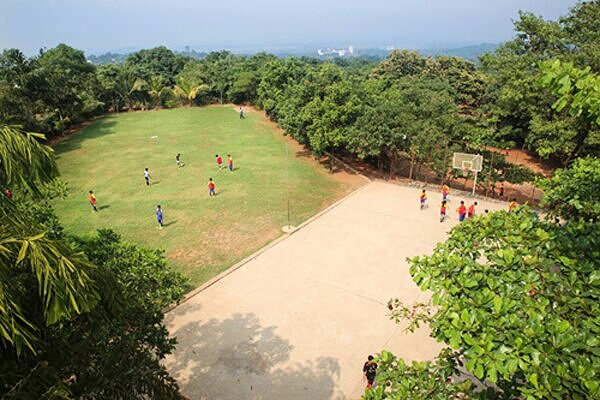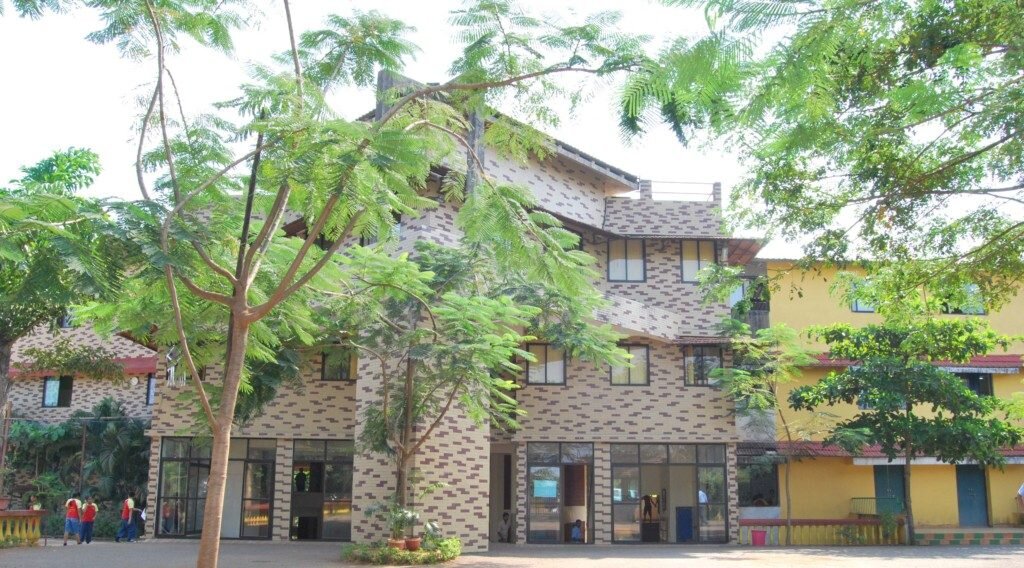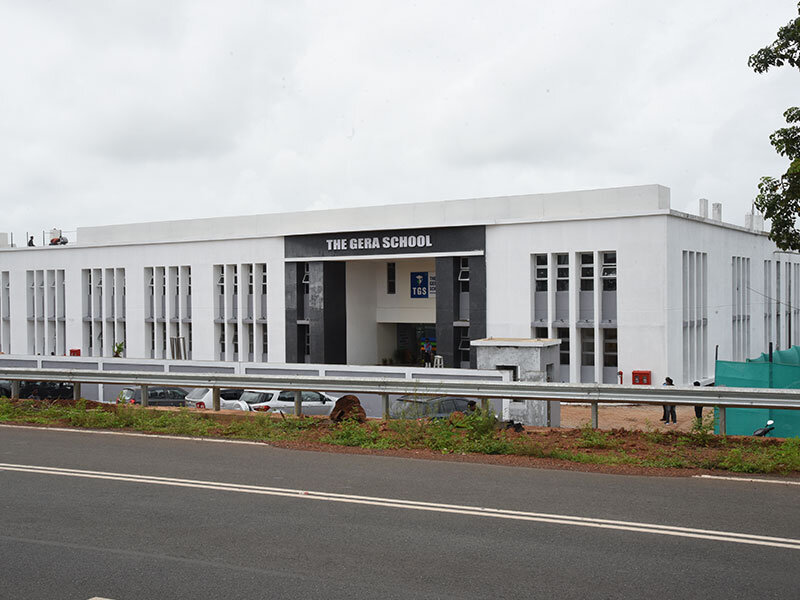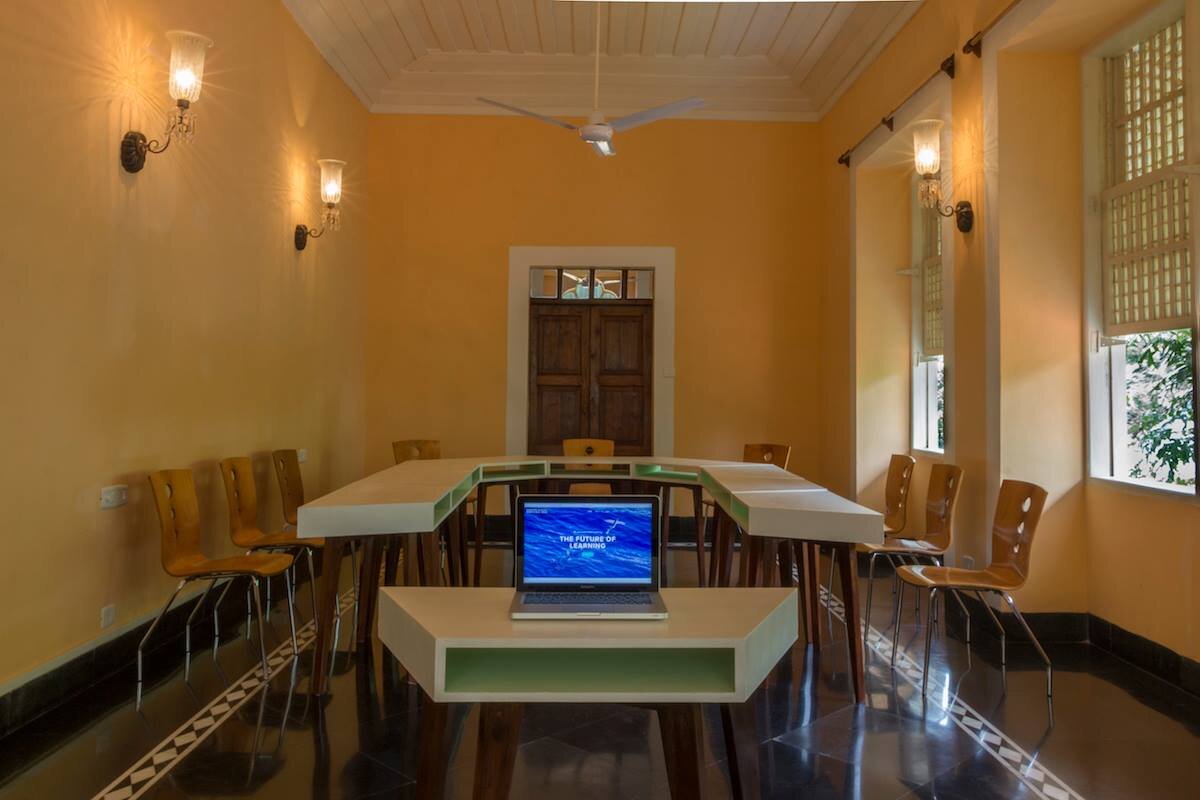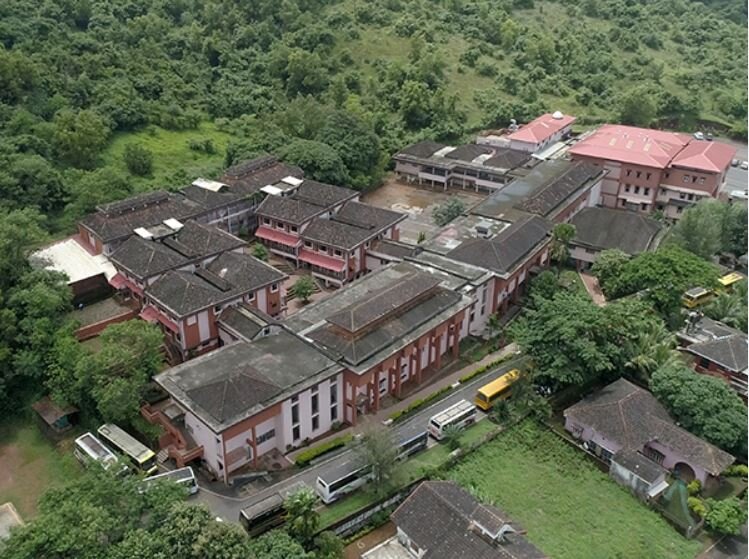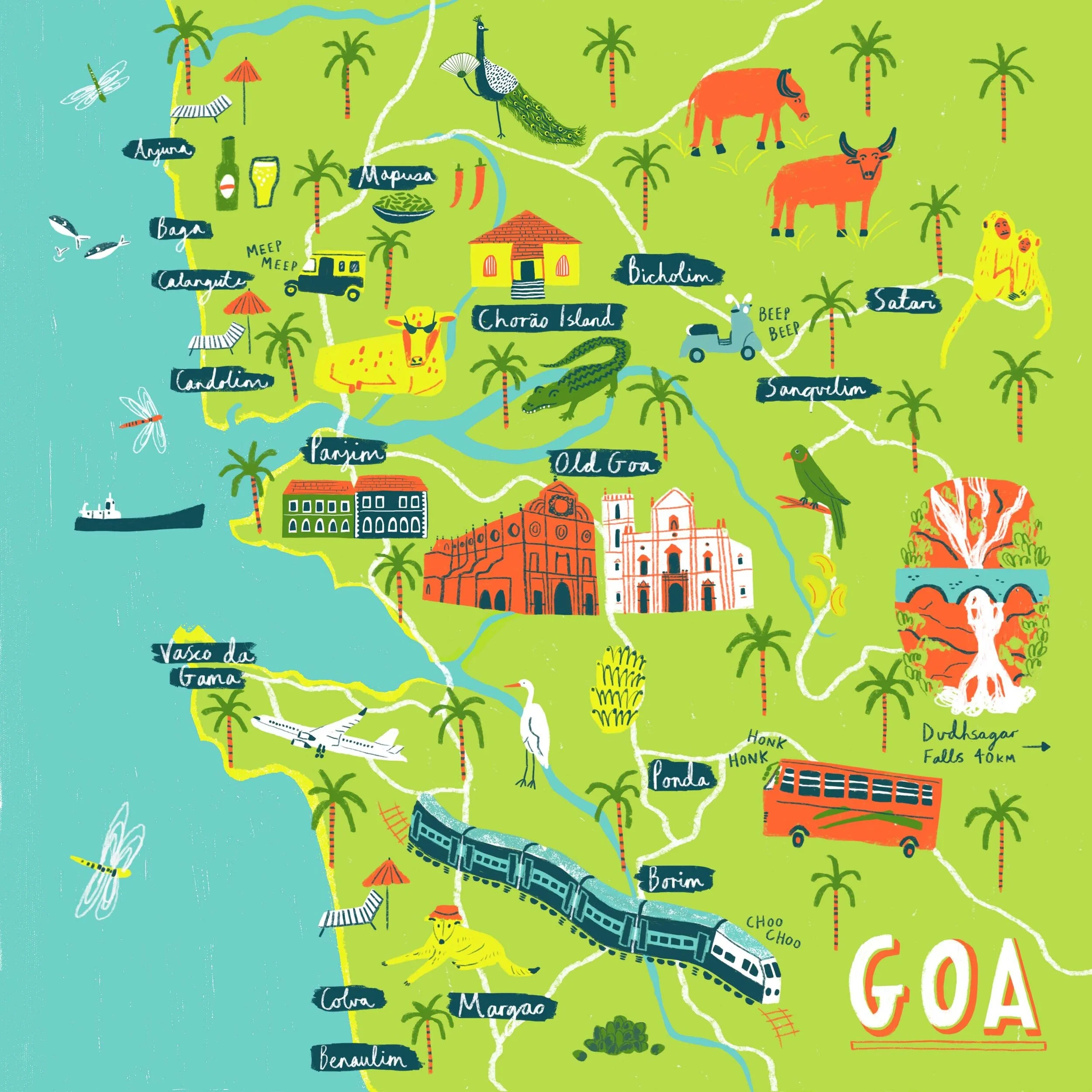Goa has a number of good schools that offer an enriching and inclusive academic environment to the students. In this blog post, we have put together a list of some of the most renowned schools in the state for parents who will soon be moving to Goa or are looking at the viability of living in Goa. The list covers a broad spectrum of top schools affiliated with various boards with a focus on holistic learning environments. The following schools are popular for balancing classroom education with experiences and practical application.
Paradise School in Goa
Sharada Mandir School
Founded in 1966, Sharada Mandir School was set up as the first school in Goa affiliated to The Council for the Indian School Certificate Examination (ICSE).
Sharada Mandir School, Panjim
The institution is made up of five separate sections: Elementary, Junior, Middle, Secondary and Higher Secondary. The school has around 2400 students and 130 faculty members with a low student-faculty ratio to ensures small classes with great interaction. The Sharada Mandir School Campus is green and beautiful, spread over an area of approxiamtely 15,000 sq.mts. It is located opposite the Miramar beach which makes for a serene and idyllic ambience.
The Ardee School
The Ardee School Goa is located in Sangolda. Established in 2008, the school offers the International Cambridge Curriculum and the National Curriculum of England and Wales at Key Stage 2 and 3 and offers the IGCSE at Year 10.
The Ardee School, Sangolda
The campus is split into 2 major blocks - the Junior and Senior School, in close proximity of each other. The school is designed in a heritage building with an open layout. It is built to provide a setting for the child to perceive the world through spatial dimensions, shapes and textures.
Sunshine Worldwide School
Sunshine Worldwide School, founded in June 2003, was one of the first CBSE schools with IB learning methodologies in Goa. Motivated to build a safe and creative learning space for children, the late Mrs. Swaran Khaitan, along with her son Deepak and daughter-in-law Sapna Khaitan brought this school to life.
The school is located in Goa Velha, sprawled over a 9000 sqm plot with a dedicated 2600 sqm playground. The campus is replete with facilities that include a well-stocked library, PC tablet laboratory, IT laboratory among others to promote research and activity based learning among the students
The Gera School
The Gera School was established in 1970. It is a Co-ed school affiliated to Cambridge Assessment International Education (CAIE).
The school is located in Panjim, Goa and is known as one of the best international schools in the city. The curriculum offers a blend of academics, arts, music, sports and life-skills training in areas such as Entreupreneurship, Communication, and Project Management to ensure holistic education.
Paradise School
Paradise School in Goa is for 6 to 18 year old children who wish to follow the Cambridge International Examinations Board. The school offers personalised learning programs and was accredited in 2017.
The school is situated in Aldona, in a 400 year old beautifully renovated Indo-Portuguese mansion, with large classrooms, big communal work areas, a generous dining room area and outside patio, set in an acre of land with an expansive swimming pool.
Manovikas School
Established in the year 1968, Manovikas School is among the most prestigious schools in Goa. The school has a ‘no exam policy’, with a Continuous Comprehensive Evaluation until standard 7.
In the past 50 years, the school has grown from a single class in a rented house with only two teachers to over 1,600 students, 93 teaching staff, 34 support staff and a sprawling campus measuring 35,000 sqm.






